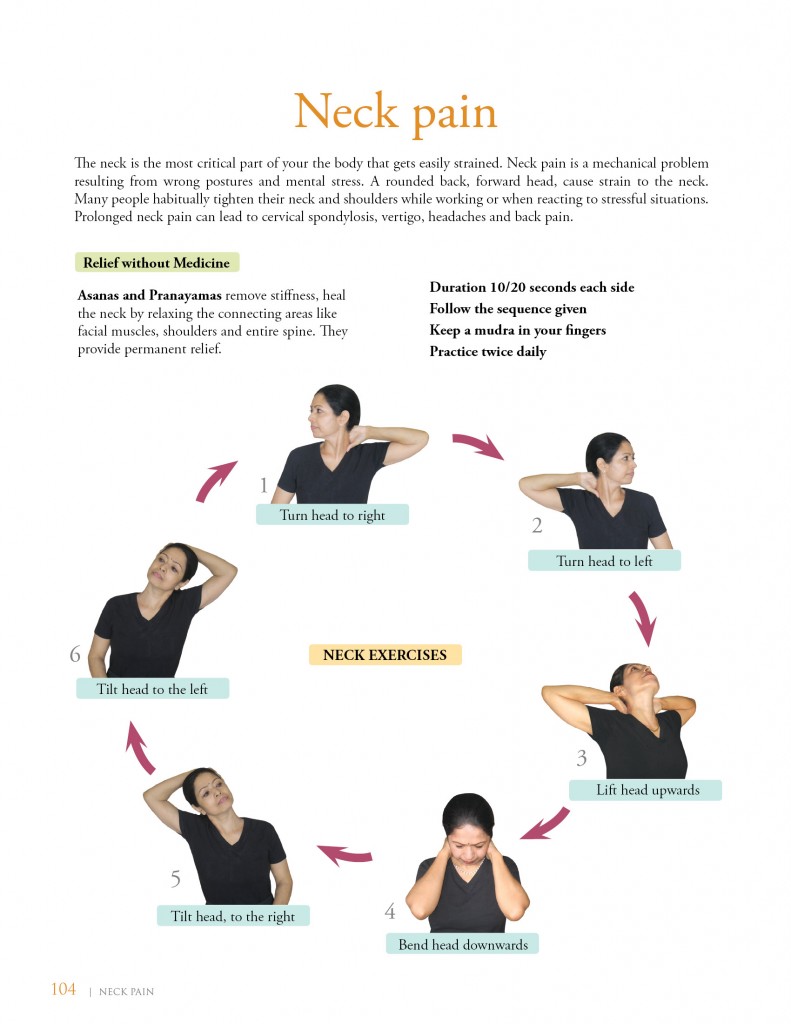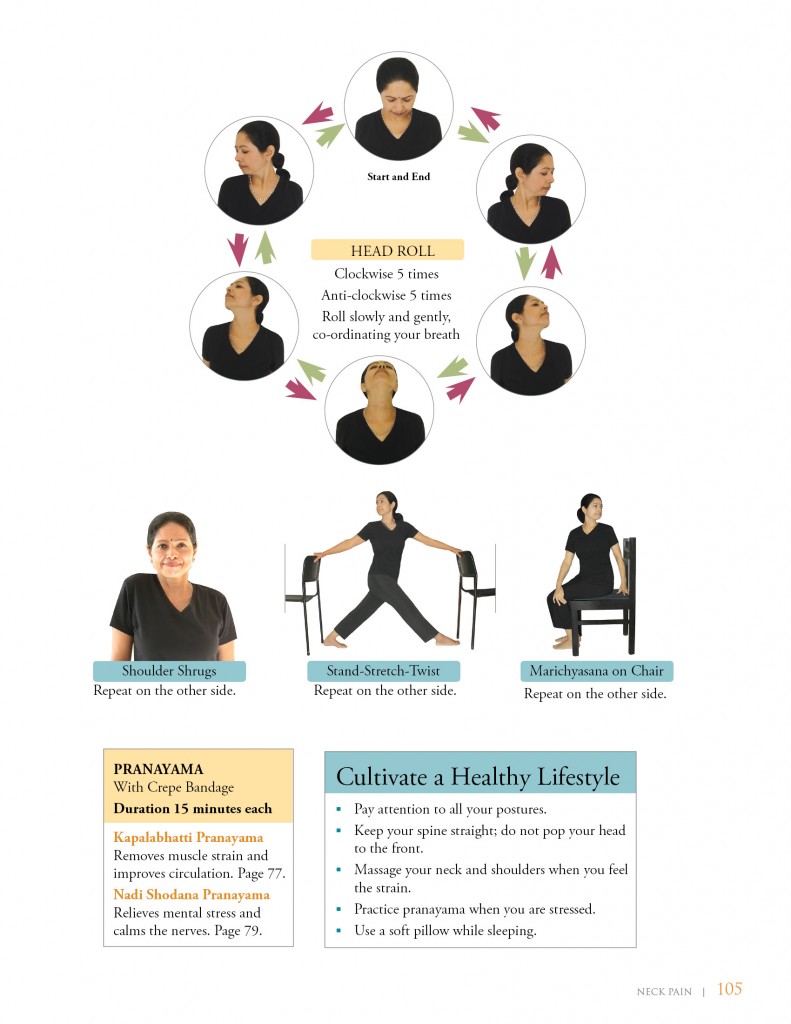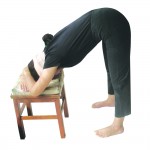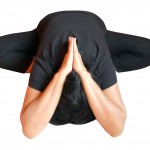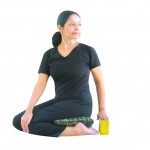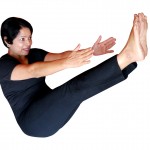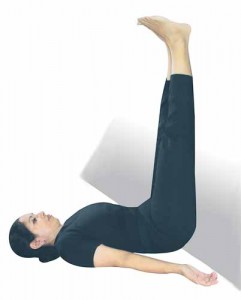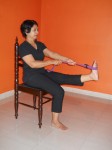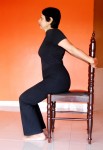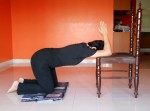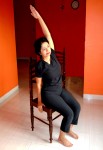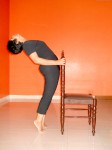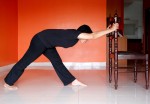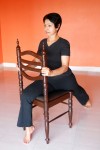Migraine is a throbbing one-sided headache, felt on one side of the head. It is a vascular headache, caused by dilation of temporal arteries in the brain. The pain intensifies with the enlargement of the arteries.
Causes Heredity, hormonal imbalance, drop in blood-sugar levels, mental stress, anxiety, lack of sleep, exposure to hot sun, exposure to bright light, improper breathing, muscle fatigue due to wrong postures, reading while travelling, improper breathing, eating wrong foods.
Symptoms Throbbing headache, on one side, nausea, loss of appetite, blurred vision, disorientation, depression.
When you have migraine
▪ Take a shower and wrap crepe bandage on your forehead eyes and ears.
▪ Rest in a dark room, avoid bright flashing light.
▪. Rest and Focus on your breathing, it will put you to sleep
▪ When you wake up, gently massage your head, neck and shoulders.
▪ Press the pressure points below the skull, behind the ears for a minute.
▪ Keep ice pack or wet cloth on your forehead and back of your neck.
▪ Drink few glasses of water during the day to relieve tense nerves.
▪ Take one or two glasses of tomato juice or a herbal drink with ginger.
▪ Eat healthy at frequent intervals; do not keep your stomach empty.
▪ Avoid foods with excess salt and sugar.
When you do not have migraine, practice the asanas given below. Forward bending asanas calm the tense nerves and muscles in the head and correct hormonal imbalances. Drink two litres of hot water in a day and practice alternate nostril breathing 3 times in a day when stomach is empty.
Duration 2 to 5 minutes each.
- Forward bend using stool
- Sarvangasana (shoulder stand)
- Sitting Rexalation
Diabetes Mellitus is a common metabolic and nutritional disorder caused due to high levels of sugar in the blood and urine. Insufficient production of insulin, a hormone secreted by pancreas, increases blood sugar levels, and when the body cells do not respond effectively to insulin. When this imbalance is not corrected on time, it can lead to heart problems, kidney disease, vision impairment and other problems.
Causes Heredity, obesity, stress, unhealthy eating habits.
Symptoms Lethargy, fatigue, frequent urination, weight loss, craving for sweets, excessive thirst, increased hunger, blurred vision, slow healing of wounds, increased susceptibility to infections, numbness in hands and feet.
Asanas and Pranayama massage the abdomen, increase gastric fire, burn the excess sugar, regulate the functions of liver and pancreas. When practiced regularly with dedication for few months they will provide permanent relief.
Few asanas for practice. Duration: 2 to 5 minutes each
- Baddha Konasana forward bend
- Paschimottanasana forward bend
- Virasana twist
- Halasana
- Navasana
To overcome leg pain, physical and mental fatigue and improve circulation, and provide rest to the organs, the ancient yogis created an asana with legs up on the wall and called it “Viparita Karani ” a Sanskrit word meaning “opposite of action” or no action.
In Viparita Karani, the venous return is smooth, there is no stagnation of blood in the veins, circulation in the whole body improves and the heart is rested.
Viparita Karani is beneficial when practiced in the evening after returning home from work. It is practiced as a preparatory asana for Sarvangasana.
Cautions: Do not practice after any surgery, when there is retinal problems, when you have an headache, avoid during menstruation.
Benefits:
1. Relieves overall fatigue, muscle fatigue and pain.
2. Relieves swelling in the legs, strengthens the knees and ankles.
3. Refreshes the brain, calms the tense nerves, balances the hormones.
4. Relaxes the heart, improves circulation and venous return from lower extremity.
Instructions: Lie down on the floor parallel to the wall. Gently move your head away from the wall, sticking your buttocks close to the wall. Bend your legs and take them up on the wall perpendicular to the floor.
Adjust and align your body in an “L” position, with your hips close to the wall and the back of your legs rested properly on the wall. Place your hands on the sides of your body with palms turned outwards. If you feel any strain in your neck, place a soft pillow under your head to support your neck. Practice in a clean and well ventilated room.
For those who do not find Savasana (supine relaxation) comfortable can try this asana. Props such as pillows or soft blankets, eye pillows or pads can be used. Play soothing music and relax.
Coming out of the asana
Bend your knees towards your chest, roll to a side and stay for few breaths. Press your hands into the floor and gently sit up.
Note: Senior citizens and pregnant women can conveniently practice this asana if they find Sarvangasana difficult.
Many people spend long hours in anatomically incorrect posture. This weakens the muscles, nerves and joints of the neck, spine, shoulders and hips, leading to pain.
Practice of Pranayama
When you work for long hours, your breath becomes shallow, you will take in less oxygen. Every 2 hours take a break for 15 minutes and practice pranayama.
Important to know
Exhalation removes impurities. Longer exhalations remove more impurities and toxins, clear blocks, remove fatigue, relax the cells, enhance energy levels, heal body pain, control anxiety, depresion, controls blood pressure and heals many health issues.
Simple stretches on the chair
